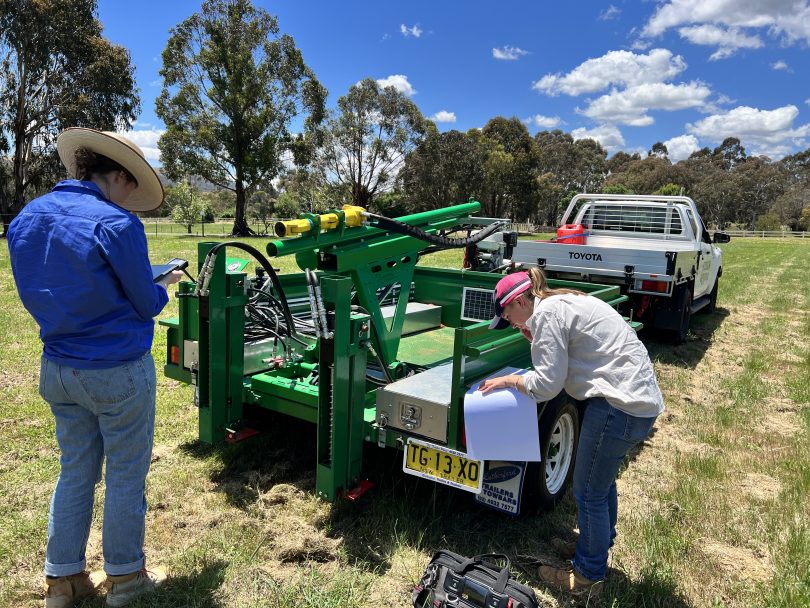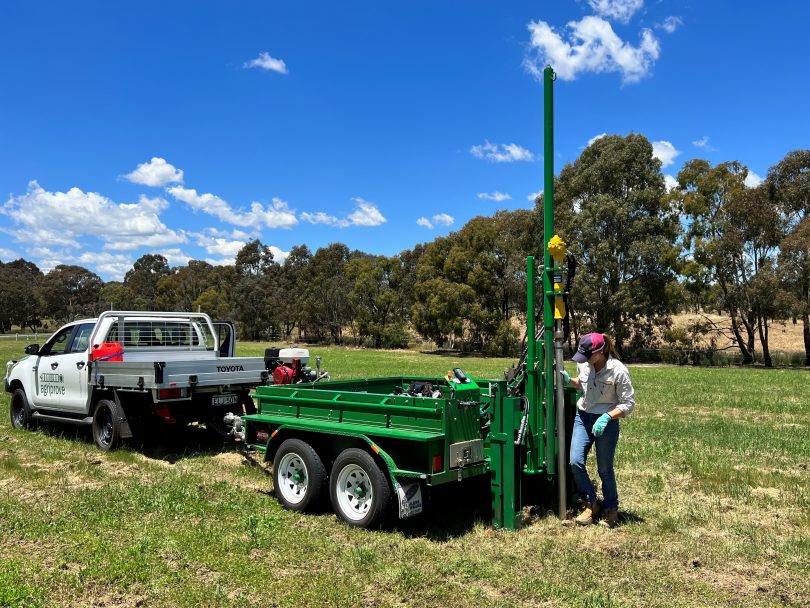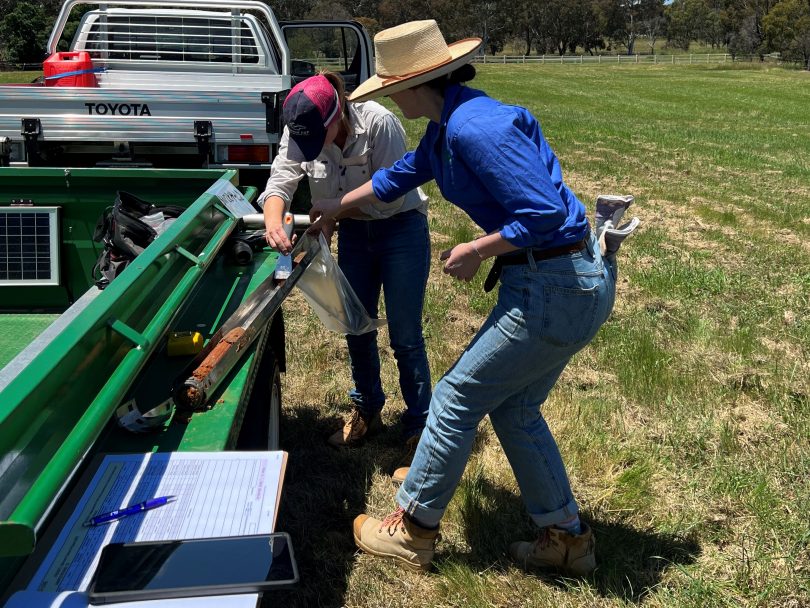
Carbon farming is a way to capture and hold carbon in vegetation and soils. Photo: Elvin Group.
Concrete is one of the most widely used man-made materials in existence and, cement, the key ingredient in concrete, has shaped much of our built environment.
It is often hated for some of the eyesores of the modern world, but cement is also the primary material for some of the world’s most impressive buildings such as the Sydney Opera House.
Widely embraced by architects, structural engineers, developers and builders because it is a remarkably effective construction material, cement has one major drawback: it has a big carbon footprint.
The high heat of kilns and the chemical process of making cement emits high levels of carbon dioxide. In a world seeking solutions to climate change, cement clearly has some issues.
While scientists and engineers search for a cleaner energy source to produce cement, the solution is to find ways to offset the carbon produced.
Rather than purchase offsets, Canberra’s Elvin Group is leading the way in creating offsets through investments in electric and green hydrogen vehicles, solar farms, batteries and carbon farming (or carbon sequestration).
Carbon farming is a much simpler concept than carbon sequestration, and is a way to capture and hold carbon in vegetation and soils. The amount of carbon stored in soil and vegetation is the actual sequestration component.
Carbon farming produces carbon credits, measured as the amount of carbon dioxide that has been removed from the atmosphere.

The outcome of carbon farming is measurable, with core samples taken from deep in the ground at regular intervals. Photo: Elvin Group.
One carbon credit offsets one tonne of carbon so if a company has 1000 tonnes of carbon it needs to offset, it would purchase 1000 carbon credits.
Elvin Group has planted a new carbon farm on its land at Holt, in Belconnen, to complete a cycle of renewables, with a solar farm, battery storage and carbon farm all on one block.
Elvin Group Renewables managing director Samuel Blackadder says carbon farming is a completely new way of looking at regenerative agriculture.
“We have planted the block under the future planned solar panels using a carefully selected seed mix of local native seed types that send deep roots into the soil,” he says.
“The plants then serve multiple purposes. As they grow, they capture carbon in the atmosphere and send it down their roots into the soil. This not only reduces the amount of carbon in the atmosphere, the carbon also enriches the soil.”
The seed mix, developed by Wagga Wagga company Agriprove creates a new complex ecosystem.
“The plants growing from the seed mix create the perfect insectarium – which is a haven for insects – with a focus on the top layer for bees,” says Samuel.
“This process also reduces weeds and pests on an otherwise unimproved piece of land; the Ph level of the soil is corrected; and stock can graze on the pasture as well.”

Agriprove field technicians Imogen Hickey and Kate Carmichael collect core samples to be tested. Photo: Elvin Group.
The Elvin Group carbon farm is located across 54 hectares on two properties, one on Drake-Brockman Drive in Holt, where the large-scale battery is located, and the other at Equestrian Park in Hall.
The outcome is measurable. Soil carbon sampling – where a core sample is extracted to see how much carbon is buried into the soil – is done at intervals to measure the amount of carbon sequestered.
The project is the first time a solar farm has also incorporated carbon farming into its operations, leading the way for other solar farms to consider incorporating carbon farming to make use of the unused land under the panels.
“What we have done is create a whole ecosystem within the nation’s capital,” says Samuel.
“This is the full-circle system of renewable energy, with the battery to store excess energy and the carbon sequestration to offset the carbon produced in concrete production, while providing essential and critical feedstock to the local bee community.”
For more information, visit Elvin Group.












